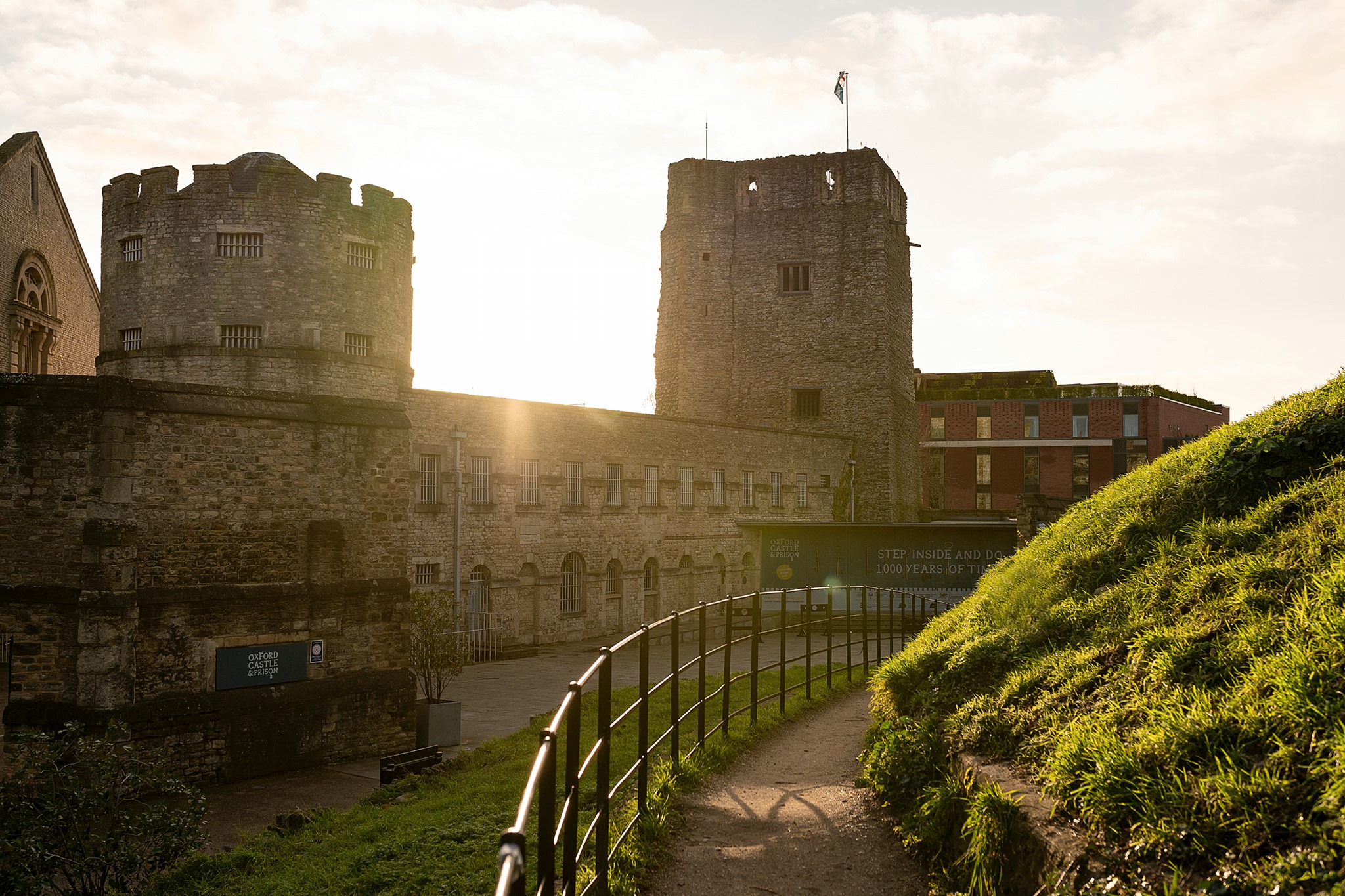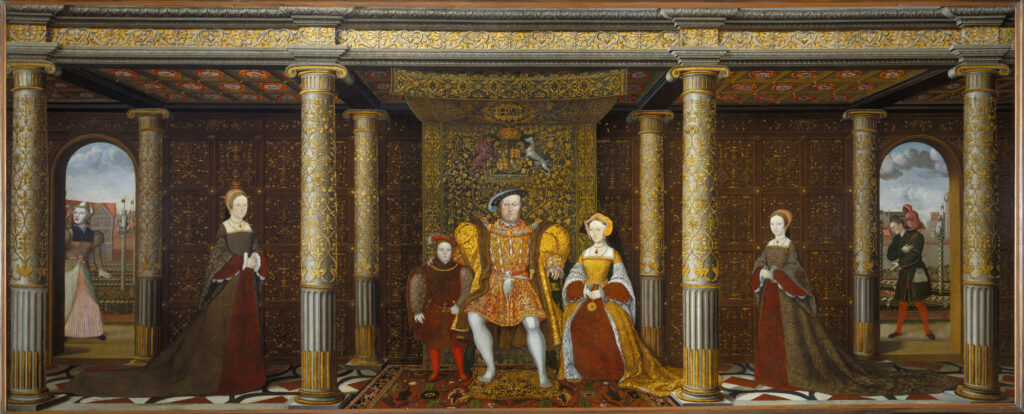 aaa
aaa
Court jesters in medieval England had the important role of entertaining the court and keeping the royals happy. While they are remembered in modern times as jokers who wore funny hats, their role was not always filled with laughs.
Court jesters lifted the mood at court with entertainment. This included magic tricks, acrobatics, storytelling, songs and telling jokes. How often they performed would vary depending on the mood of the royals. If you want to read more about a royal who spent a lot of time at Oxford Castle, read our blog about Empress Matilda
They sometimes used their performance to share news – even bad news – with the King. Some jesters even had considerable influence over the King. Jesters often wore colourful costumes, including the famous three-pointed hat. This became known as the “Fool’s hat”.
Their pay depended on how successful they were. If they made the King happy, then they would be paid a good amount. They had no set salary. They also had their own living quarters. This meant the role offered a safe place of permanent residency and financial security that jesters outside of court did not typically experience. Court jesters could use these privileges to help family members.

However, there were huge risks to the job.
There was a dangerous side to the role of court jester. There was always the chance the King could be offended by a joke. James VI of Scotland reportedly fired a jester for insulting too many influential people.
Having to deliver messages in their performance also came with risks. Jesters often faced the fury of the King after delivering bad news.
Their important role meant that they were often required to travel with the court to battles because they could boost morale. However, this also meant that they were expected to line up with the army opposite the enemy. They would be expected to entertain, usually by mocking the other side and risking attack. They were even sometimes expected to take messages to the enemy camp.
The tradition of court jesters in medieval England came to an end with Charles II. After the restoration where he succeeded to the English throne after the Civil Wars, he did not reinstate the role. However, the King did greatly support the theatre and arts. Other noble families did still employ jesters.
Jesters continued to appear in popular culture, with fools appearing in plays by the famous William Shakespeare. Shakespearean fools were typically peasants who used their wits to top people of higher social status. This was similar to the real jesters from history, though with exaggerated characteristics.
Jesters can still be seen in the 21st century at medieval-themed fairs and re-enactments. They often were the famous “fools hat” and colourful costumes.
Do you think you have what it takes to be a Jester? Then book your tickets now for our Medieval Fool School here. You will even get to make your own Fools Hat!


| Cookie | Duration | Description |
|---|---|---|
| cookielawinfo-checkbox-advertisement | 1 year | Set by the GDPR Cookie Consent plugin, this cookie is used to record the user consent for the cookies in the "Advertisement" category . |
| cookielawinfo-checkbox-analytics | 11 months | This cookie is set by GDPR Cookie Consent plugin. The cookie is used to store the user consent for the cookies in the category "Analytics". |
| cookielawinfo-checkbox-functional | 11 months | The cookie is set by GDPR cookie consent to record the user consent for the cookies in the category "Functional". |
| cookielawinfo-checkbox-necessary | 11 months | This cookie is set by GDPR Cookie Consent plugin. The cookies is used to store the user consent for the cookies in the category "Necessary". |
| cookielawinfo-checkbox-others | 11 months | This cookie is set by GDPR Cookie Consent plugin. The cookie is used to store the user consent for the cookies in the category "Other. |
| cookielawinfo-checkbox-performance | 11 months | This cookie is set by GDPR Cookie Consent plugin. The cookie is used to store the user consent for the cookies in the category "Performance". |
| PHPSESSID | session | This cookie is native to PHP applications. The cookie is used to store and identify a users' unique session ID for the purpose of managing user session on the website. The cookie is a session cookies and is deleted when all the browser windows are closed. |
| viewed_cookie_policy | 11 months | The cookie is set by the GDPR Cookie Consent plugin and is used to store whether or not user has consented to the use of cookies. It does not store any personal data. |
| Cookie | Duration | Description |
|---|---|---|
| _ga | 2 years | The _ga cookie, installed by Google Analytics, calculates visitor, session and campaign data and also keeps track of site usage for the site's analytics report. The cookie stores information anonymously and assigns a randomly generated number to recognize unique visitors. |
| _gat_UA-9822230-4 | 1 minute | A variation of the _gat cookie set by Google Analytics and Google Tag Manager to allow website owners to track visitor behaviour and measure site performance. The pattern element in the name contains the unique identity number of the account or website it relates to. |
| _gcl_au | 3 months | Provided by Google Tag Manager to experiment advertisement efficiency of websites using their services. |
| _gid | 1 day | Installed by Google Analytics, _gid cookie stores information on how visitors use a website, while also creating an analytics report of the website's performance. Some of the data that are collected include the number of visitors, their source, and the pages they visit anonymously. |
| CONSENT | 2 years | YouTube sets this cookie via embedded youtube-videos and registers anonymous statistical data. |
| Cookie | Duration | Description |
|---|---|---|
| _fbp | 3 months | This cookie is set by Facebook to display advertisements when either on Facebook or on a digital platform powered by Facebook advertising, after visiting the website. |
| fr | 3 months | Facebook sets this cookie to show relevant advertisements to users by tracking user behaviour across the web, on sites that have Facebook pixel or Facebook social plugin. |
| test_cookie | 15 minutes | The test_cookie is set by doubleclick.net and is used to determine if the user's browser supports cookies. |
| VISITOR_INFO1_LIVE | 5 months 27 days | A cookie set by YouTube to measure bandwidth that determines whether the user gets the new or old player interface. |
| YSC | session | YSC cookie is set by Youtube and is used to track the views of embedded videos on Youtube pages. |
| yt-remote-connected-devices | never | YouTube sets this cookie to store the video preferences of the user using embedded YouTube video. |
| yt-remote-device-id | never | YouTube sets this cookie to store the video preferences of the user using embedded YouTube video. |